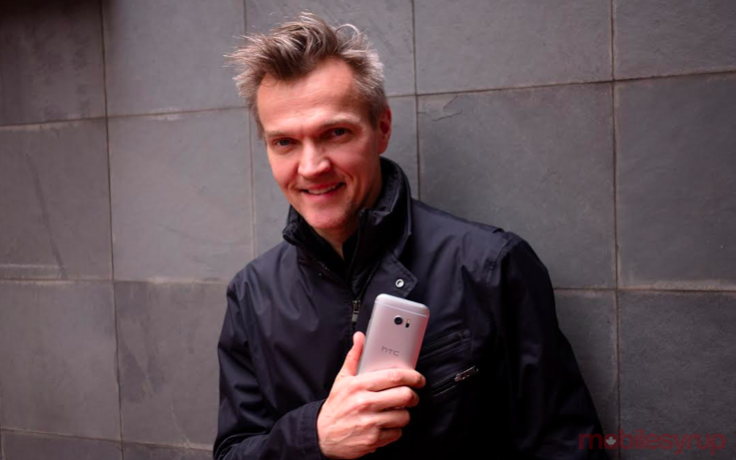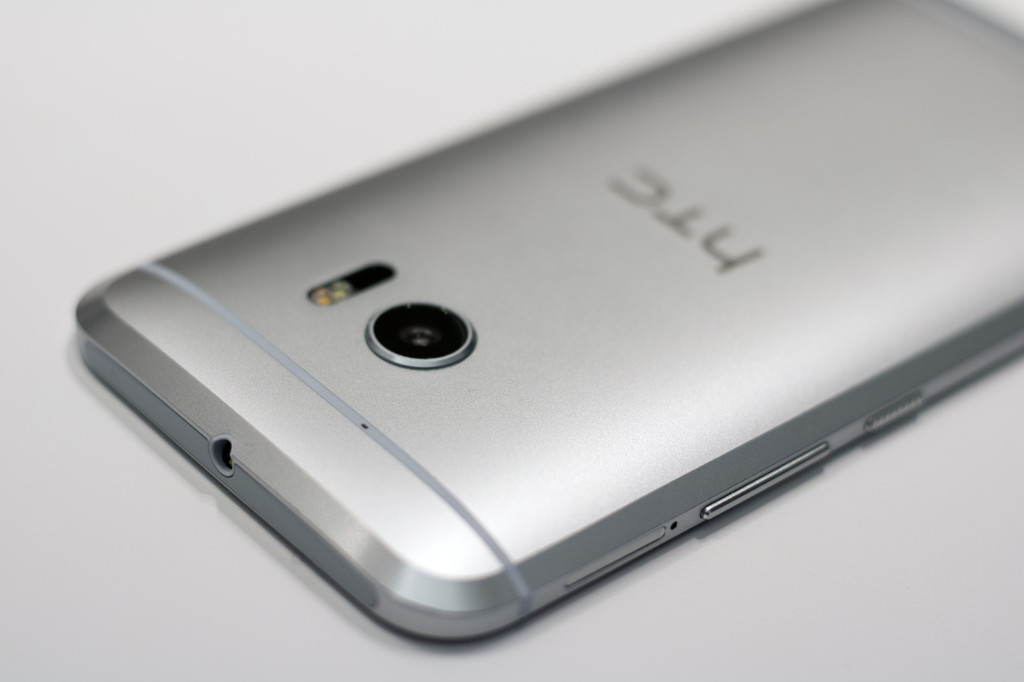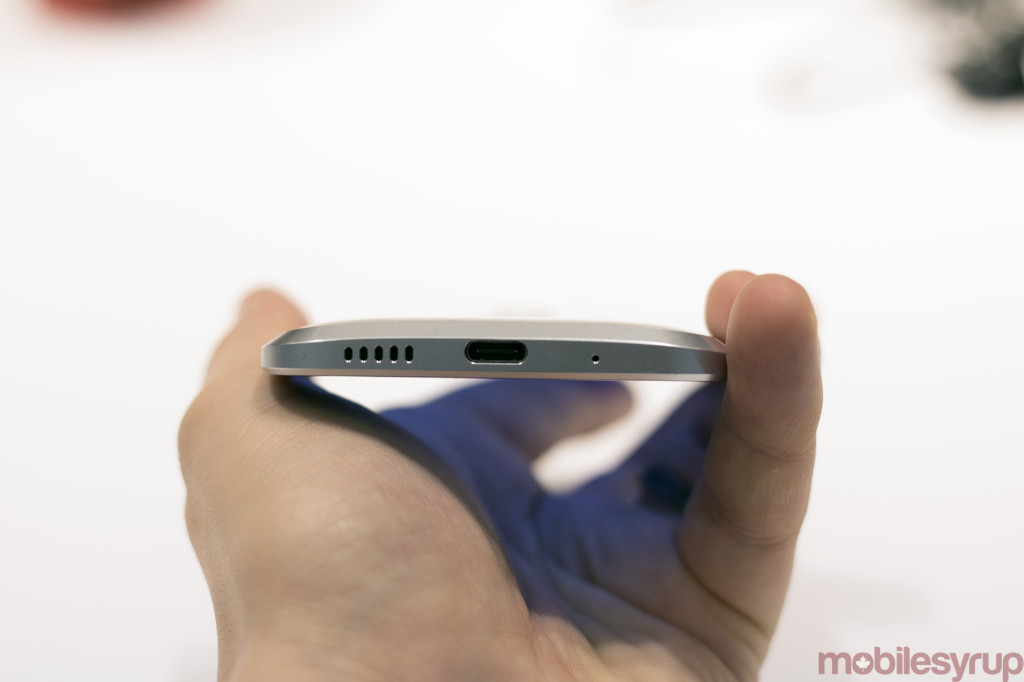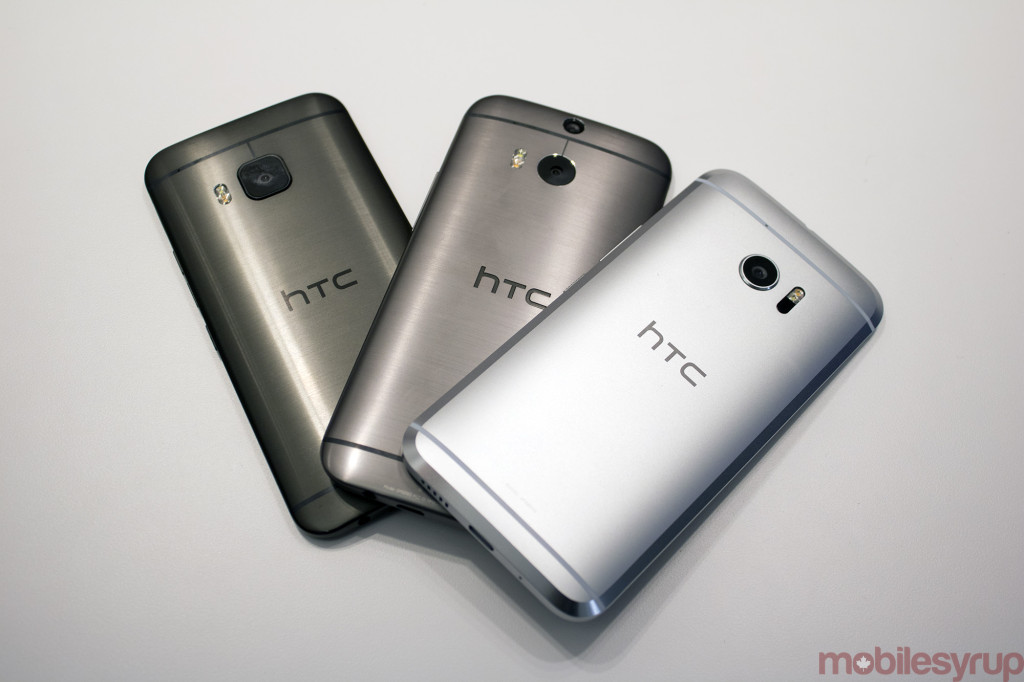
After many months of sliding revenues, HTC is gaining mind share with customers around the world for its entry into virtual reality with the Vive. It’s a beautifully designed headset and HTC brought the same attention to its new flagship smartphone, the HTC 10.
Nigel Newby-House, HTC’s executive director of product strategy, sat down with us to discuss the HTC 10 and why the company decided to improve the camera and audio quality, and why it dropped the One branding from its name.
Q: This is the HTC 10. First impressions from you?
Nigel Newby-House: I think it’s amazing. I think it’s the best phone that HTC has ever made. Bar none.
Q: Why?
Nigel Newby-House: I’ve been using it for five weeks now. I loved the HTC A9 and was really in my groove with that phone and swapped over to this one and the transition has been seamless and the performance has been absolutely stunning.
I’m a big camera fan, love taking images and we have really knocked it out of the park with the imaging experience on this phone by combining a 12-megapixel sensor with Ultra Pixel, which is technology that HTC pioneered on its previous iterations of this device the M7 and M8 — had bigger pixels, great low light performance.
But the original UltraPixel was 4 megapixel and this one is now 12 megapixels so you get the best of both worlds. You can do the cropping you want on board with all the great tools we give our customers. With the 12 megapixel sensor it allows for a great deal of flexibility but the brightness of the image you will have taken in the first place using UltraPixel is just stunning. So, very excited about the imaging experience here.

Q: Let’s talk about the physical design. From the HTC One M9 to the HTC 10. Why the name change and why the physical design change?
Nigel Newby-House: The name change is us trying to make things simpler so people can walk into a store and say I want the “HTC 10.” It maybe became just a little bit of a mouthful saying “HTC One M9” the HTC 10 sounds sounds super clean and is really reflected in the design as well.
The design team have worked hard to make this product feel a lot different than any of the predecessors have gone before it. You will see this deep chamfered beveled edge detail that runs around both the back of the product and also around the front. It really reflects light in a new and interesting way and gives the product a new identity.
On the front of the product, we’ve also got a full glass front. If you remember previous versions there were metal strips, which we loving referred to them as the forehead and chin on our devices, we’ve taken those away now and it has a very clean fresh look with a full glass front with a capacitive panel that runs down to the center position touch finger sensor that gives the soft keys to the left and right without taking up any of the valuable real estate.
We’ve got a 5.2-inch here, previously a 5-inch, but we’ve been very careful to keep ergonomics really good on this product so although we’ve gone up in screen size to 5.2 we’ve actually got in a 5-inch package — so it’s no bigger than its predecessors and is about the same size as the HTC A9. Really focussed on the ergonomics, more real estate but still feeling very comfortable and usable in the hand.

Q: Why the detail on the sides and why did you move the BoomSound speakers around?
Nigel Newby-House: We really take every opportunity on the device to bring new levels of detail and precision. The keys that you are referring to, such as the power keys and the volume keys on the side of the product, are very differentiated from a texture point of view yet also very close together from an ergonomics point of view. We wanted to accentuate the texture around the power key so that when people are on a call it’s an easy reference point for them to move up just a shade and hit the volume up and down key if they need to adjust the in-call volume.
The BoomSound stays with this product, too. Second speaker just moves around the bottom of the device to maintain this fresh, clean look we have on this product. The BoomSound performance is not compromised as we have dual speakers and one of them focusses more on the lower end notes and one of them focusses on the high-end notes. We still think we have best in class audio experience on this device with 24-bit sound.
Q: Why the 45-degree cut on the back?
Nigel Newby-House: We go through hundreds of prototypes. It’s quite fun to go to our office in Taiwan and look on some of the desks in the industrial design studio and see 100 prototypes that eventually leads us to this point. The big, deep cut detail that runs around the back of the product gives it a new fresh identity.
I think the unibody design also gives it a level of precision, something that people really loved in the M7. This is not a metal pressing. It’s not made in the same way your car body panels are made. This is actually a solid block of aluminum with a big machine tool comes down and carves out all the details as if it was carved from a big slab of marble.
I think sometimes the level of precision and detail that you can get from machining is really high, but some of our predecessor products have looked a bit soft and kind of ill-defined. The M8, for example, is a much softer, almost pebble-like form. What we’ve understood is that people love the soft feeling in the hand because it gives it this human quality. But when you look at this device, some of these detail features that you can get in aluminum just gives it a level of precision and almost jewelry-like quality that makes it more visually interesting.
I think the edges really register well in your hand. We are conscious that devices are getting bigger and if they feel poorly planted in your hand and people are worried about dropping their device all the time, I think there is something that these sharper edges give you on the side is a feeling that you have a tight hold of the device.

Q: How will HTC improve?
Nigel Newby-House:There are not as many big leaps in the cellphone business technology that we used to have maybe three or four years ago. I think the approach that we take now is one of marginal gains that just means the overall experience becomes a joy that you push the camera just a bit further next year, you push the audio next year.
I can see for example in a few years with the fingerprint sensors, which may be fingerprint sensors will completely disappear and maybe you just pick up your device and the whole thing recognizes the palm print of your hand and you will not even need to locate your thumb on one specific point on the device. I think there is still room for innovations but they’ll be not as dramatic they have been in the past but will certainly benefit end user experience and enjoyment of the device.
Q: So what is next?
Nigel Newby-House: We’ll make this a success. Sell big and go big in Canada. That’s what’s next.
MobileSyrup may earn a commission from purchases made via our links, which helps fund the journalism we provide free on our website. These links do not influence our editorial content. Support us here.


